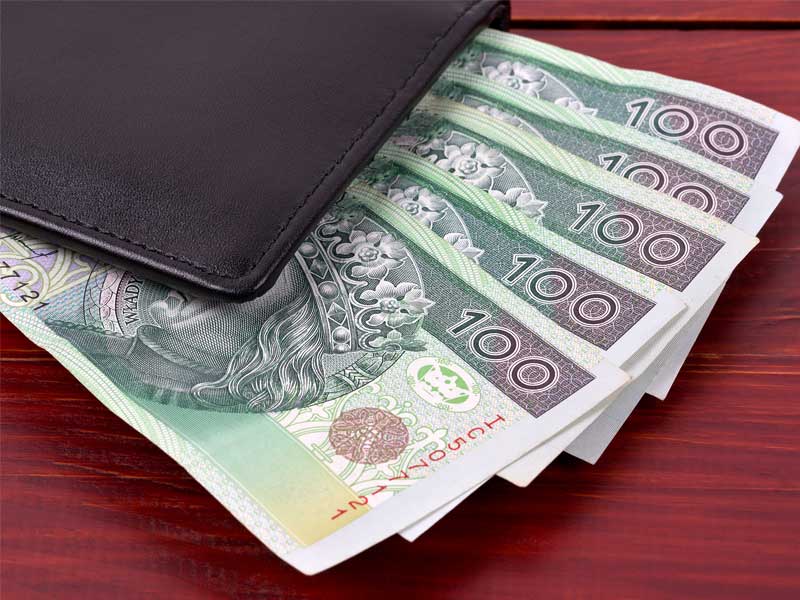Cash or non-cash payments – what is more profitable?
While it might seem that cashless payments outclass cash in terms of handling costs and speed of use, the Deutsche Bundesbank research shows the opposite. Cash is a friendly, fast and easy-to-use payment method that, it turns out, hasn’t said the last word yet.
Cash – not the fastest, but still attractive
Although specialists have been predicting the end of cash for years, the results of the 2017 study by the German central bank Deutsche Bundesbank seem to contradict it. The analysis covers the German retail sector with over 20 billion transactions annually. Payments with the use of physical money still dominate it. In the period under investigation, as much as 78% of transactions were made with cash. On the other hand, transactions using a payment card with PIN code verification accounted for only 21%.
Moreover, the speed of execution of over 3,000 payments was also measured during the study. Thanks to the video recordings on the basis of which the duration of the operation was determined, very precise results were obtained. The most time was spent on card transactions confirmed by the customer’s signature (38.6 seconds). The second place was taken by card payments confirmed with a pin (29.4 seconds). However, in all transactions with a value below EUR 100, cash turned out to be the fastest. Physical money transactions took an average of 22.3 seconds.
Unfortunately, the Deutsche Bundesbank study did not take into account card payments without pin confirmation. Based on other analyzes, however, it can be assumed that the transaction execution time would be shorter in this way compared to cash payments.
The cheapest cash payments to handle
The study also covered other areas, including the amount of costs of individual payment methods. For this purpose, interviews were conducted with representatives of the retail sector, and the analysis included, inter alia, such factors as: cashier’s working time, outlays on back-office processes, expenses related to software updates or expenses related to cash transport.
The results turned out to be surprising. The lowest unit costs were generated by cash – 0.24 euro. Transactions made with payment cards were a dozen or so euro cents more expensive. This study shows that cash payments are wrongly considered to be costly. Therefore, they should not be discriminated against on this basis.
As determined by the Deutsche Bundesbank, the costs of cash payments include, inter alia, bank commissions on deposits and withdrawals, depreciation of cash handling devices, costs related to the employment of companies dealing with escorting money or losses resulting from errors in calculations or acceptance. On the other hand, in the case of non-cash payments ¾ costs are fees (including interchange fees), and the rest are costs, e.g. lease of payment terminal for authorization connections.
Cash payments in Poland
The National Bank of Poland also carried out a research project entirely devoted to the costs of individual payment instruments in Poland. As the analysis shows, mobile payments in particular have gained popularity. The share of cashless payments also increased, but to a lesser extent.
The study also noted that cash is still very popular in Poland. Among its advantages for the retail sector, the low average unit social cost of making the payment was highlighted – PLN 1.49 per transaction. For comparison, in the case of debit cards, this parameter was PLN 1.67, and for credit cards – PLN 2.24.
Although every year non-cash transactions are gaining more and more recognition, Poles, like Germans, do not want to give up cash entirely. Attachment to physical money is deeply ingrained in us. That is why it is already known that cash will not be completely eliminated from the economic circulation, the more so because its use is still profitable for entrepreneurs.

